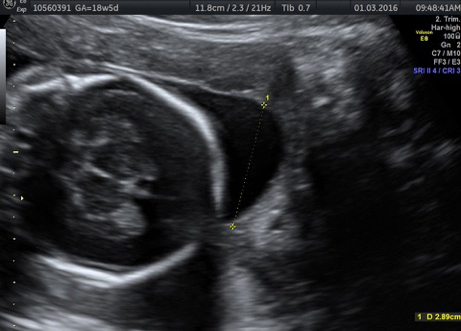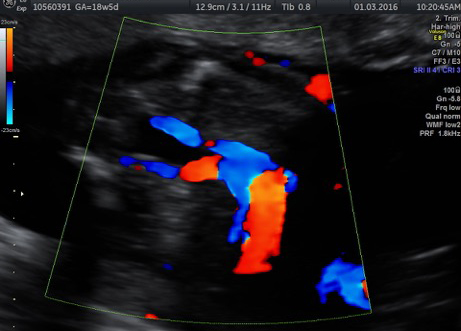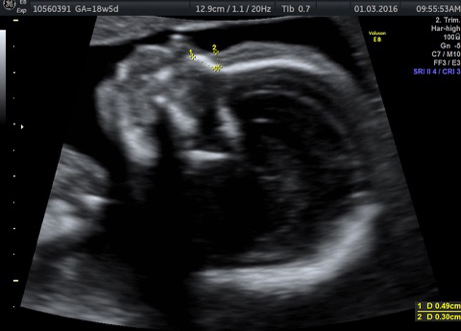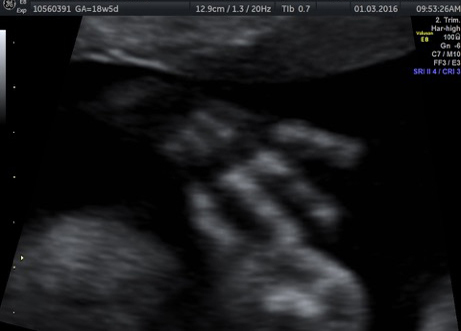The current practice of a high concentration of antenatal visits to the obstetrician in the late third trimester implies that most complications occur toward the end of pregnancy and most adverse outcomes cannot be predicted from the first trimester. However, is this really the case? Scientific advances in the last 20 years have raised the hope that many pregnancy complications are potentially detectable from at least as early as the 12th week of gestation. It has become apparent that most major aneuploidies can be identified at 11 to 13 weeks’ gestation by a combination of maternal characteristics, ultrasound findings and biochemical testing of maternal blood.(all will be components of the 12 week fetal clinic )
This integrated hospital visit at 11 to 13 weeks combining data from maternal characteristics and history with findings of the special blood tests and ultrasound that we will do will give patient-specific risk for a wide spectrum of pregnancy complications, including intellectual disability in fetus, miscarriage and fetal death, preterm delivery, preeclampsia, gestational diabetes, fetal growth restriction and macrosomia.
The new approach will adhere to the teachings of Hippocrates, that we should learn the past and research the present to predict the future
Awareness to be created on this early check because Future research will inevitably expand the number of conditions that can be identified in early pregnancy and define genetic markers of disease that will improve the accuracy of the apriori risk based on maternal characteristics and medical history. Similarly, new biophysical and biochemical markers will be described that may replace some of the current ones and modify the value of others.
Early identification of high-risk groups will define the best protocol for their follow up and development of strategies for the prevention of disorders of pregnancy or their adverse consequences.




























